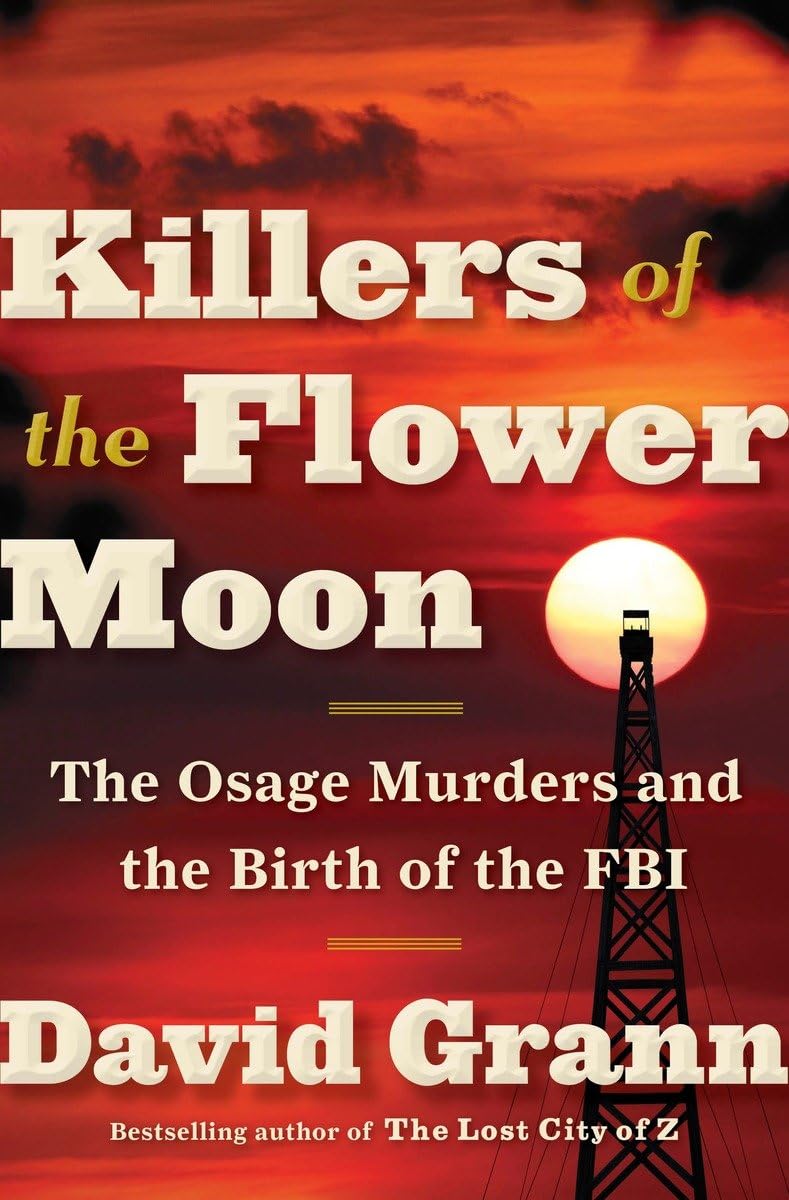Over a century after discovering vast oil reserves beneath their territory, the Osage found themselves once again in a legal struggle to protect their rights. The federal government, acting on behalf of the Osage, filed a lawsuit against Enel, an Italian energy company responsible for the wind farm, alleging that it had violated the 1906 Allotment Act. The Osage argued that the excavation work required for the wind turbines’ foundations infringed on their mineral rights, yet the courts ruled in Enel’s favor, determining that the company was not engaged in mineral extraction. Despite the legal setback, the case reignited discussions about the ongoing struggles indigenous communities face in safeguarding their lands from corporate and governmental encroachment.
At the same time, new environmental regulations introduced in 2014 significantly restricted oil drilling in Osage County, leading to an unprecedented decline in exploration activities. As a result, the local economy, historically reliant on oil revenue, suffered a notable downturn. The dwindling drilling operations underscored the continued tension between environmental concerns and economic stability, leaving the Osage community grappling with the consequences of shifting policies that affected both their financial future and their control over natural resources.
While investigating the broader history of the Osage murders, I made an unexpected discovery at the Pawhuska public library: a long-forgotten manuscript detailing the 1918 murder of Mary Lewis. The document, compiled by Lewis’s descendant, Anna Marie Jefferson, unveiled a chilling tale of betrayal driven by greed. Lewis, a wealthy Osage woman, was deceived by Thomas Middleton, a man she trusted, who conspired with an accomplice to lure her to Texas, murder her, and claim her headrights through fraud and impersonation.
Despite Middleton’s confession, which led to his conviction, his death sentence was later commuted, and he was released early—a decision that enraged Lewis’s family and reinforced the sense of injustice faced by the Osage. This case, largely overshadowed by the more infamous Reign of Terror orchestrated by William Hale in the 1920s, revealed a pattern of exploitation that had begun long before and continued well beyond Hale’s reign. The realization that systematic killings and financial schemes targeting the Osage predated Hale’s conspiracies added new layers to the tragic history of their struggle for autonomy and justice.
The discovery of Lewis’s story deepened my understanding of the prolonged and calculated efforts to dispossess the Osage of their wealth. It became clear that the murders were not isolated acts of violence but rather a widespread and persistent pattern of exploitation that had been overlooked in mainstream historical accounts. The Osage had faced relentless attempts to strip them of their land, wealth, and rights—whether through fraudulent guardianships, legal loopholes, or outright murder.
As the chapter unfolds, it draws unsettling parallels between the past and present, illustrating how the Osage continue to battle against external forces seeking to control their land and resources. From the early 20th-century headright murders to contemporary legal battles over energy development, the struggle for sovereignty remains an ongoing fight. These stories of resilience and resistance serve as a reminder that history does not exist in isolation but continues to shape the challenges faced by indigenous communities today.


